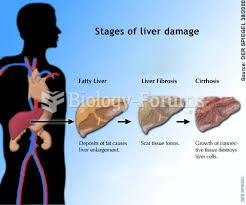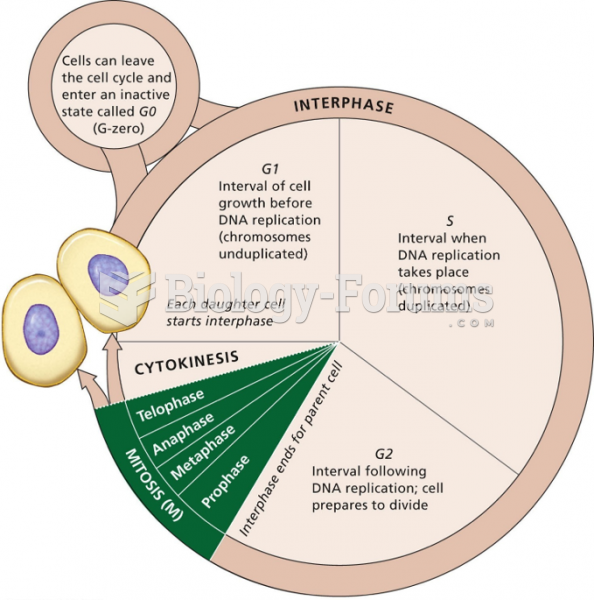Answer to Question 1
In coming out, most homosexual men and women progress through the following stages:
Stage 1: I feel different from other kids . . .. Many gay and lesbian teens say they sensed something different about themselves early in life, sometimes as far back as age 5 . A boy may have liked to play house instead of sports, and vice versa for a girl.
Stage 2: I think I might be gay, but I'm not sure, and if I am, I'm not sure that I want to be . . .. Many homosexual youngsters first realize that they are attracted to members of their own sex at puberty. A common response is to try to bury those feelings or to isolate themselves from other teens for fear of being exposed, or outed..
Stage 3: I accept the fact that I'm gay, but what's my family going to say? Homosexual men and women often do not accept their sexual orientation until their late teens or their 20 s. Even then, they often fear their family's rejection or disapproval. As societal prejudice against gays and lesbians
abates, boys and girls may arrive at this point somewhat earlier.
Stage 4: I finally told my parents I'm gay.. In an online survey of nearly 2,000 gay and bisexual young people age 25 and under, the respondents were 16 the first time they revealed their sexuality to anyone, including their parents. Many homosexual teens don't begin to date until they're on their own possibly on a campus or in a city with a sizable gay population. Only then do they begin having the experiences that straight kids encounter earlier in their sexual development.
Answer to Question 2
c







